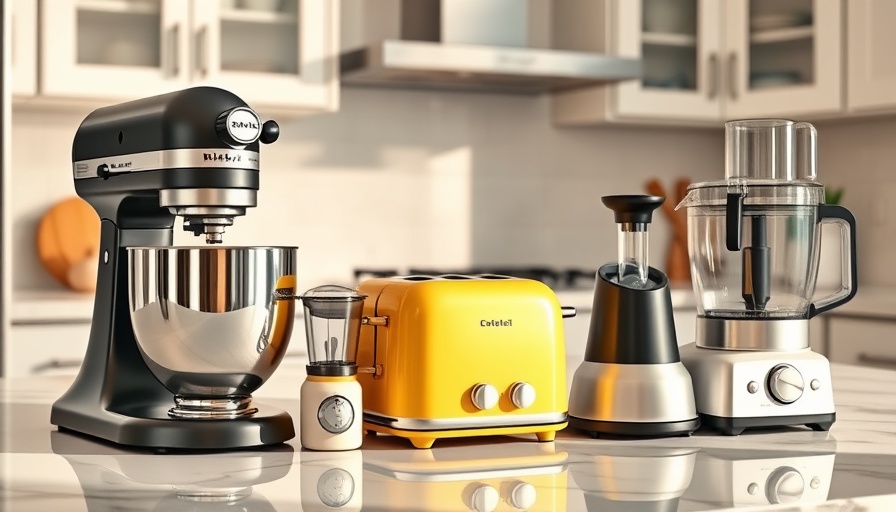
Unpacking Boric Acid: A Common Household Mineral
Boric acid is not just another chemical to fear in your home; it’s a naturally occurring mineral that has a wide range of applications, from pest control to manufacturing. Found in seawater and soil, boric acid is derived from boron-rich deposits and is used in various industries. Most notably, it serves as an effective pesticide, targeting tough household pests like cockroaches, ants, and termites.
How Boric Acid Works as an Insecticide
When insects come into contact with boric acid, its fine powder sticks to their bodies. As these pests groom themselves, they swallow the powder, leading to internal damage that ultimately kills them. This mode of action makes it an effective option for pest control without the need for harmful aerosol sprays or traditional insecticides with potentially harmful side effects.
Is Boric Acid Safe for Homes with Pets and Families?
The safety of boric acid for pets and children is a point of contention. According to experts, while boric acid is relatively safe when used correctly, it is important to keep pets and children away from areas where it's applied. Unlike synthetic pesticide products, which often contain multiple toxic ingredients, boric acid is considered less hazardous when used responsibly. Always refer to the product label for specific safety guidelines.
Comparing Boric Acid and Borax: What You Need to Know
While boric acid and borax are both derived from boron, they serve different purposes. Boric acid is more effective as an insecticide compared to borax, which is commonly found in laundry detergents. If you’re facing a pest issue, using boric acid may yield better results.
Practical Applications in DIY Pest Control
If you're considering a DIY approach for pest management, boric acid can be an effective tool. It is commonly available in powder form and can be safely applied in cracks, crevices, and areas where pests are likely to enter. Always ensure proper ventilation and avoid direct application in areas accessible to pets and small children.
Potential Risks and Challenges
While boric acid is generally safe, it’s crucial to be aware of potential risks. Overexposure can cause health issues ranging from skin irritation to gastrointestinal distress. Therefore, it's advisable to handle boric acid with care, using gloves and a mask if necessary, especially during application.
Future Insights: Trends in Natural Pest Control
As homeowners increasingly seek natural and less toxic solutions for pest control, boric acid is making a notable comeback. Its effectiveness and relatively low toxicity make it a favorite among those looking for sustainable pest management solutions. Future innovations could further enhance its applicability and impact on household pest problems.
Conclusion: Making Informed Decisions
The use of boric acid as a pest control solution embodies a balanced approach to home maintenance and safety. By understanding how it works, its applications, and the necessary precautions, homeowners can effectively manage pests without compromising on safety. If you are facing a pest problem, consider integrating boric acid into your home maintenance toolkit.
Now that you’re equipped with knowledge about boric acid and its role in pest control, it's time to put those handyman tips into practice. Whether you're tackling a pest issue or just maintaining your home, an informed approach leads to safer, cleaner living.
 Add Row
Add Row  Add
Add 



Write A Comment